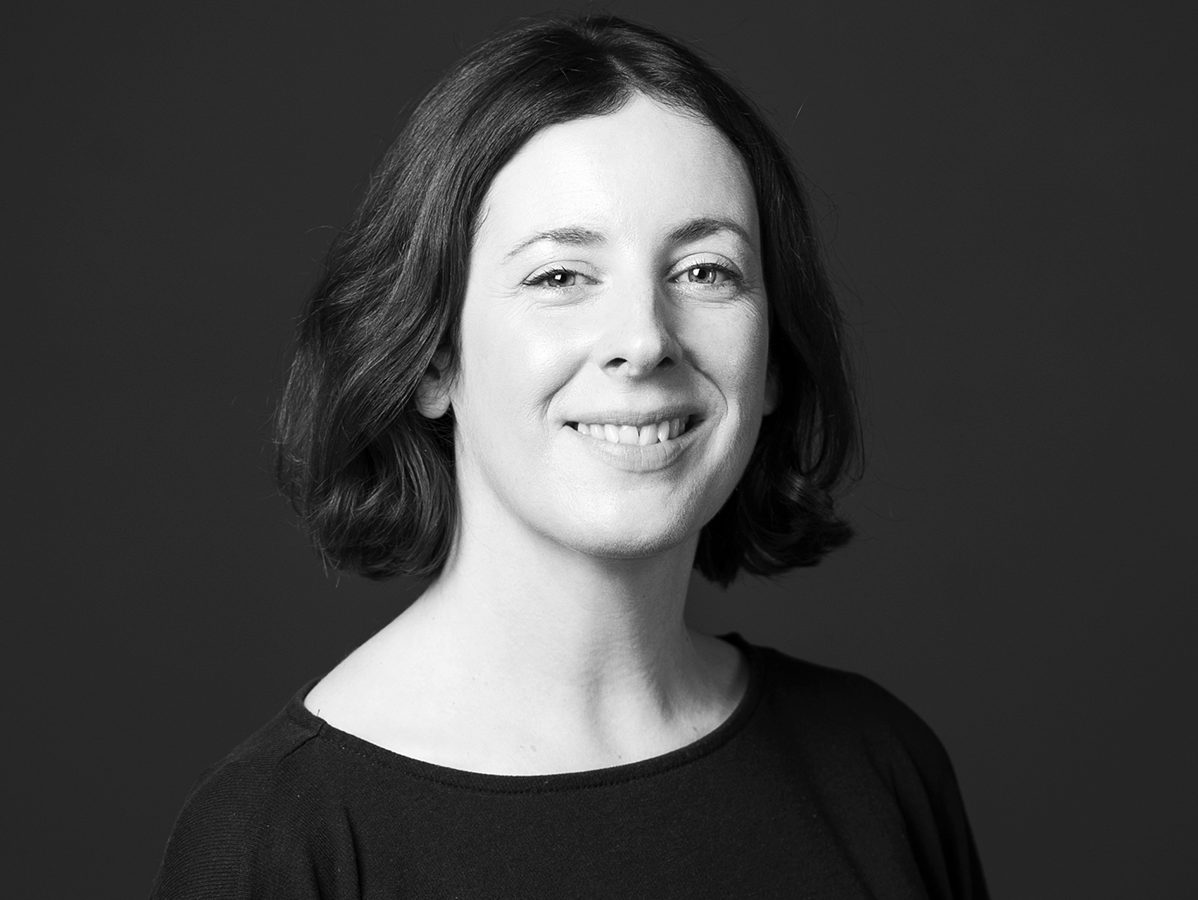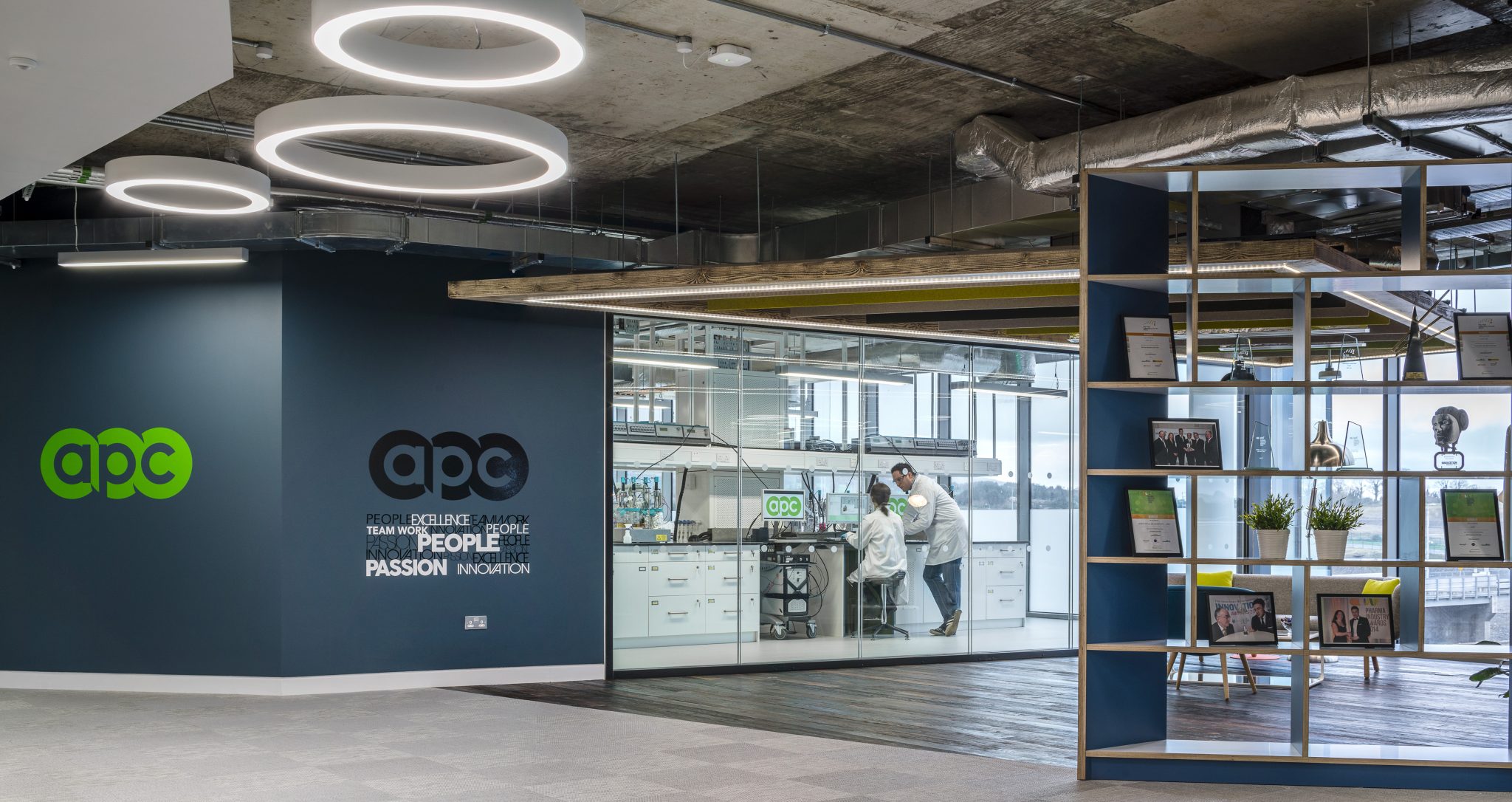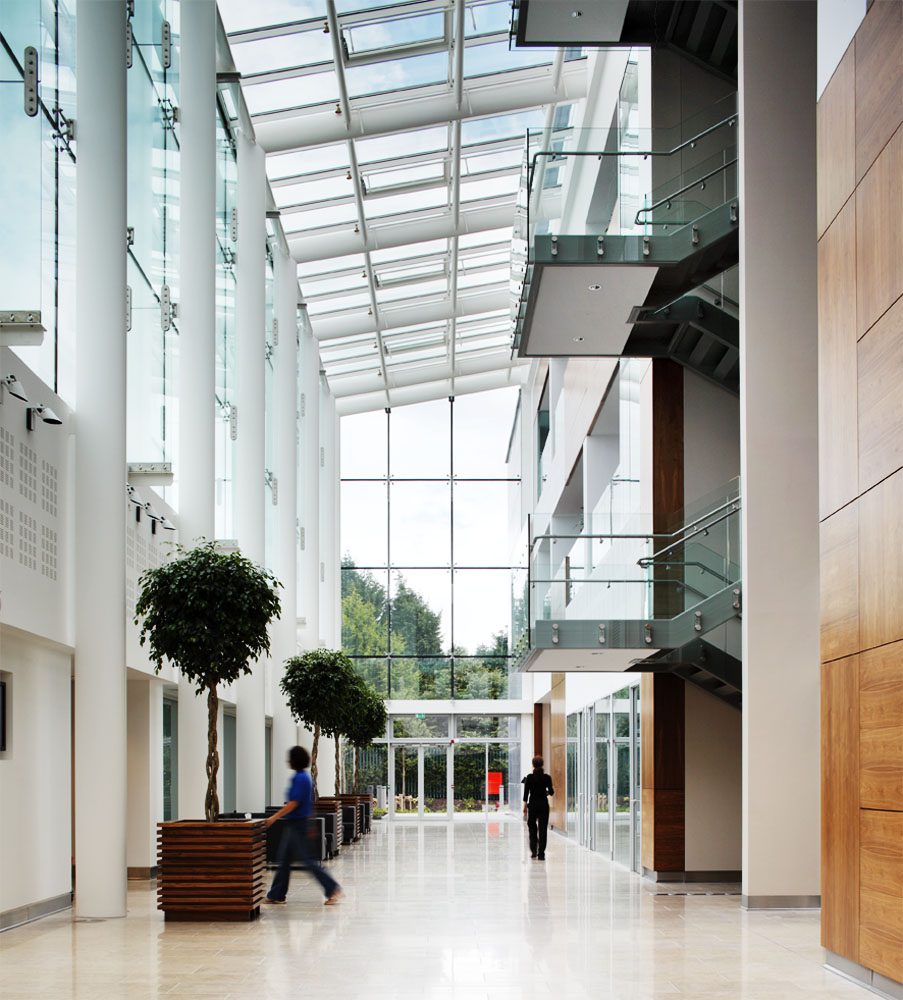

When Great Place to Work revealed Ireland’s Best Workplaces™ in Pharma and Healthcare 2022, RKD was proud to see our clients AbbVie and Horizon Therapeutics selected for recognition—but it came as no surprise.
Ireland’s thriving life sciences sector directly employs more than 50,000 people across medical devices, pharma, and biotechnology. Life sciences organisations looking to sustainably innovate need a strong pipeline of talent, and competition for talent is fierce. The organisations that offer people-centric workplaces gain a compelling ‘pull’ factor that commands competitive advantage.
We create these differentials for clients by employing design thinking as a strategic tool. Design thinking means staying true to the core principles that remain effective across work sectors and project typologies. The strategic layer of design thinking builds on comprehensive needs analysis, driven by the ability to anticipate trends.
So, what trends and core principles do we combine to make our pharma and life sciences projects the best places to work?

Horizon Therapeutics, St. Stephen’s Green — a sequence of spaces embodying Horizon’s cultural values
We are seeing pharma and healthcare organisations identify the critical importance of embodying cultural values to attract and retain talent. With 1 in 4 companies stating skills and talent shortages as their biggest challenge, it is imperative that pharma and healthcare organisations look at how other sectors are organising their workplaces and nurturing talent.
Beyond attracting and retaining talent, talent creation is probably the single most important emerging trend. Organisations seeking to stay ahead of the talent curve need workplaces that are attractive to younger employees; workplaces that foster a culture of talent creation. By making career pathways more visible and creating better opportunities for personal growth, employees will join earlier in their careers if they believe they can develop their professional skill set within the workplace.

APC — large glazed screens promote connection and spark interest on entering the workplace
When we design for pharma and healthcare, we create physical spaces that actively promote connection. For instance, overcoming technical challenges to facilitate connections between laboratory and office areas creates synergistic spaces that share a common purpose. Enabling connections between employees and patients is a constant source of pride and motivation for our clients, and something we push to ingrain across all pharma and healthcare workplaces that we create.
Striking the right balance between flexibility and functionality is a challenge that we as designers relish. When done well, this creates adaptable spaces that suit a broad spectrum of working styles and tasks. Pharma and healthcare employees tend to be very focused and productive, attributes that will be reflected in an effective workplace design. However, we found that other attributes such as responsiveness, innovation, and resilience, are less often reflected. We challenge ambitious organisations to not miss this opportunity for fully reflecting these important attributes in their workplace.

Sanofi (formerly Genzyme) — the focal point of the ‘street’ of Ireland’s first LEED Gold certified building
And if there is one aspect above all that speaks to people-centric design it is wellbeing. In previous years there was a need for us to convince pharma and healthcare clients of the importance of wellbeing. Thankfully that has now changed for the better and today’s clients come to us with wellbeing already established on their critical path. We work collaboratively to ensure that every aspect of an employee’s day is carefully considered: the journey to work, the arrival, movement through spaces, material selection, acoustics, biophilia, nutrition, exercise, and ergonomics.
Equipped with our knowledge, clients can better identify the potential for creating amazing workplaces regardless of scale or typology. We work with agile start-ups and global corporations alike to share accountability for design. And we love sharing our ideas because we’re confident that those ideas will inspire better workplaces for your people.